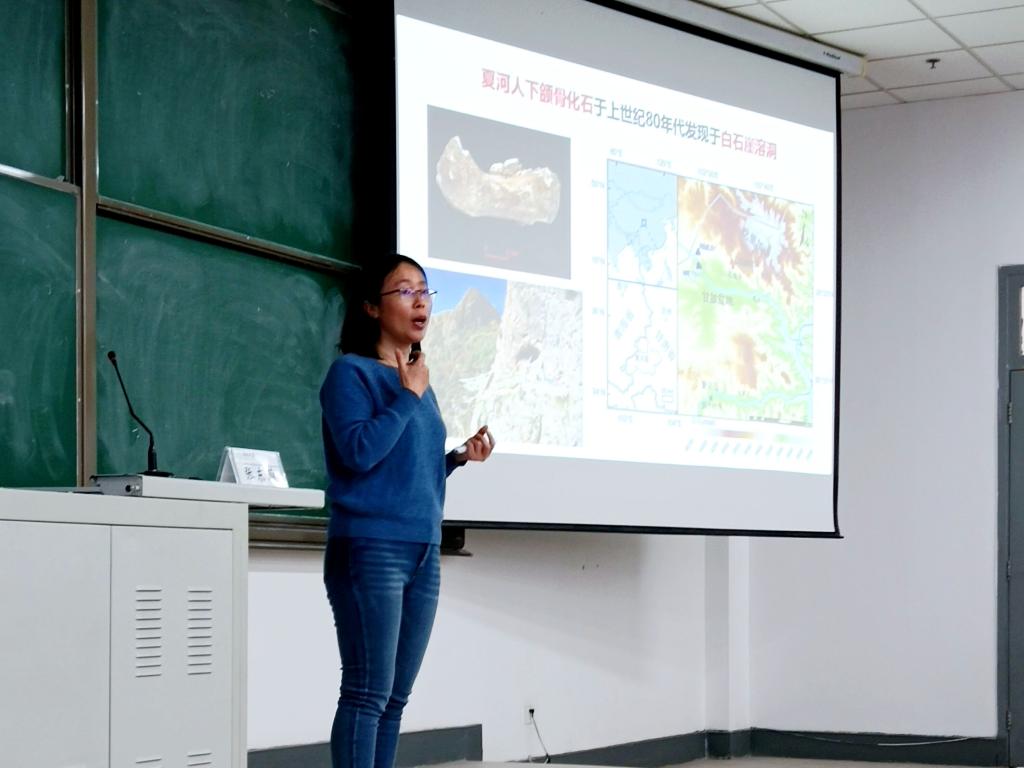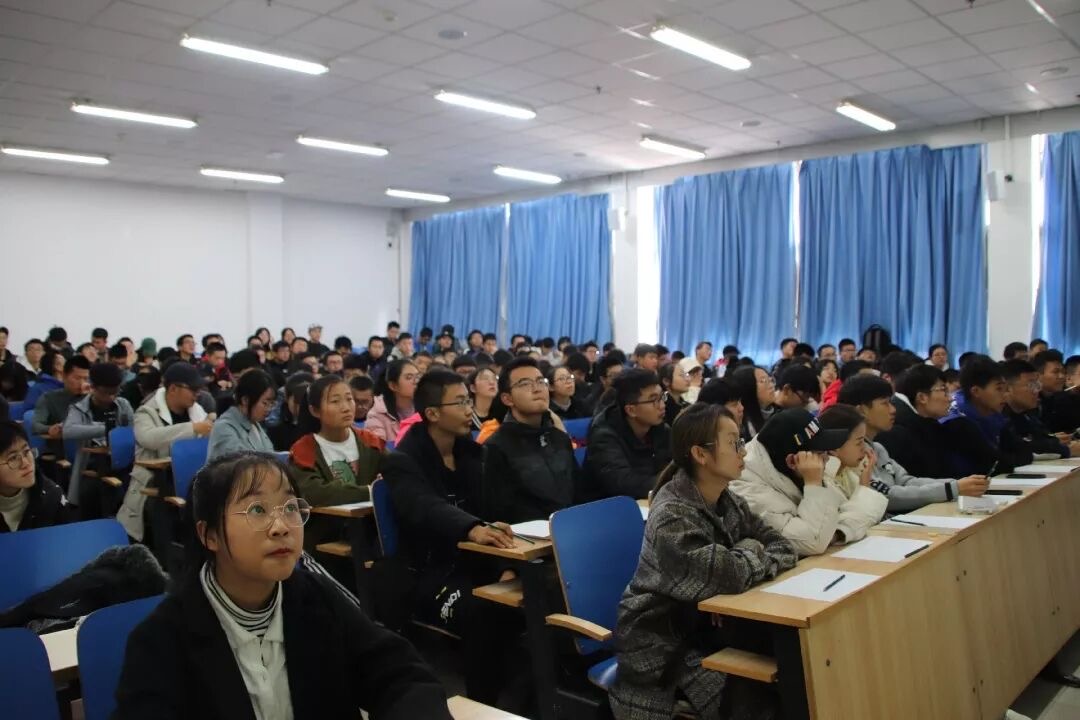On November 12th, Professor Zhang Dongju, one of the young scholar of Changjiang Scholars Program, Ministry of Education, winner of the 12th Qinghai-Tibet Plateau Youth Science and Technology Award, gave a lecture entitled “the Denisovans” to undergraduate students at room B602, Tianshan Building in Yuzhong Campus.



In the lecture, Mr. Zhang said that in order to fully understand the living conditions of the people represented by the Xiahe mandible on the Qinghai-Tibet Plateau, since 2010, the environmental archaeological team led by Academician Chen Fahu carried out archaeological excavations and research in Baishi Cliff Cave and Ganjia Basin. In 2018, the environmental archaeological team led by Professor Zhang Dongju carried out the first archaeological excavation of the Baishi Cliff Cave site, and invited many organizations at home and abroad to carry out multidisciplinary comprehensive research. Through many years of hard work, the research team found that the site of Baishi Cliff Cave preserved rich remains of ancient human activities in the Middle Pleistocene and late Pleistocene, and successfully obtained the first mitochondrial gene sequence of the Denisovan locating outside the Dannisovan Cave. It reveals that the Denisovan had lived in the Qinghai-Tibet Plateau for a long time in the late Pleistocene.
The Daniels appeared on the Qinghai-Tibet Plateau and were named the Xiahe Daniels (referred as the Xiahe people), advanced the history of human activities on the Qinghai-Tibet Plateau from 40,000 years ago to 190,000 years ago which refresh people's understanding to the earliest history of human activities and the adaption of prehistoric human to high altitude environment. More importantly, it also put together a key piece in the jigsaw puzzle of human history evolution.
Professor Zhang Dongju said that due to the complex terrain and huge space in the Baishi Cliff Cave, the team would continue to carry out further excavation and research work around the Baishi Cliff Cave in the future to try to clarify the history of Paleolithic activities in Qinghai-Tibet Plateau and the corresponding biological model and environmental adaptation strategy.
This lecture closely combines the hot frontier of scientific research and was beneficial for participating students to expand their scientific research thought and enhance the ability of scientific research innovation.